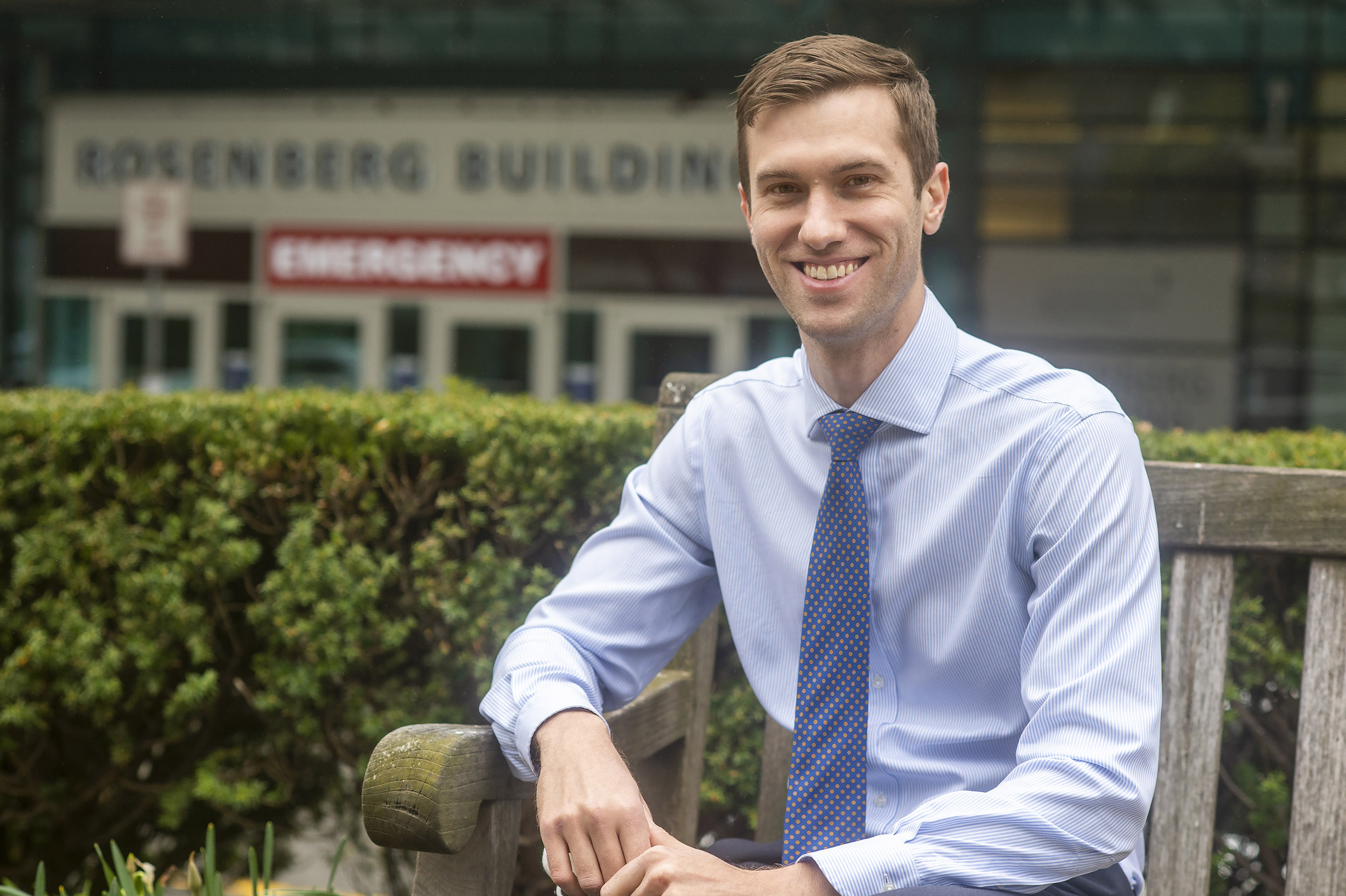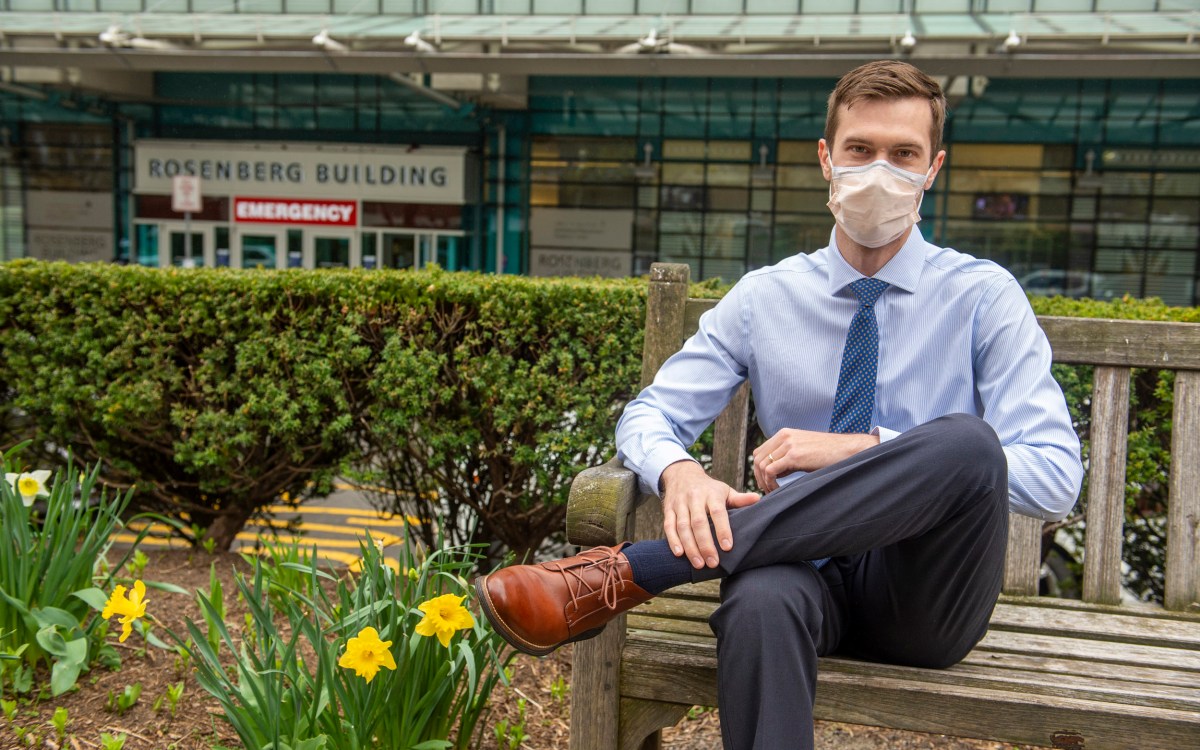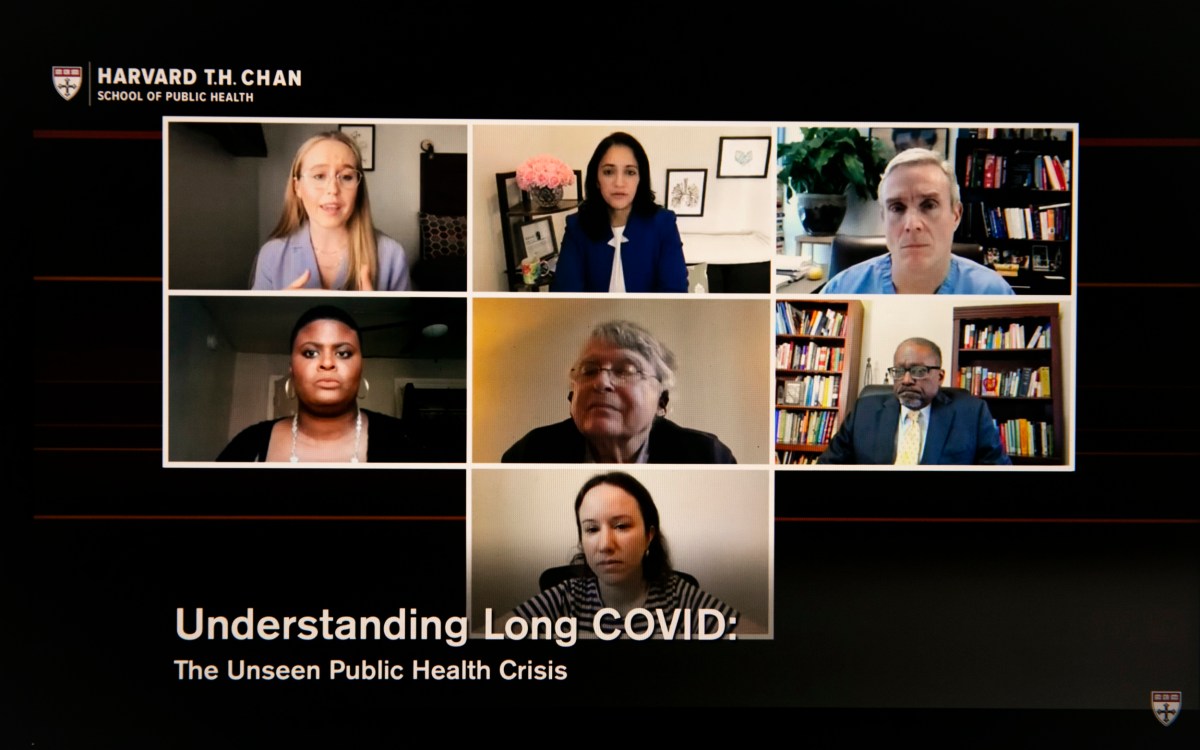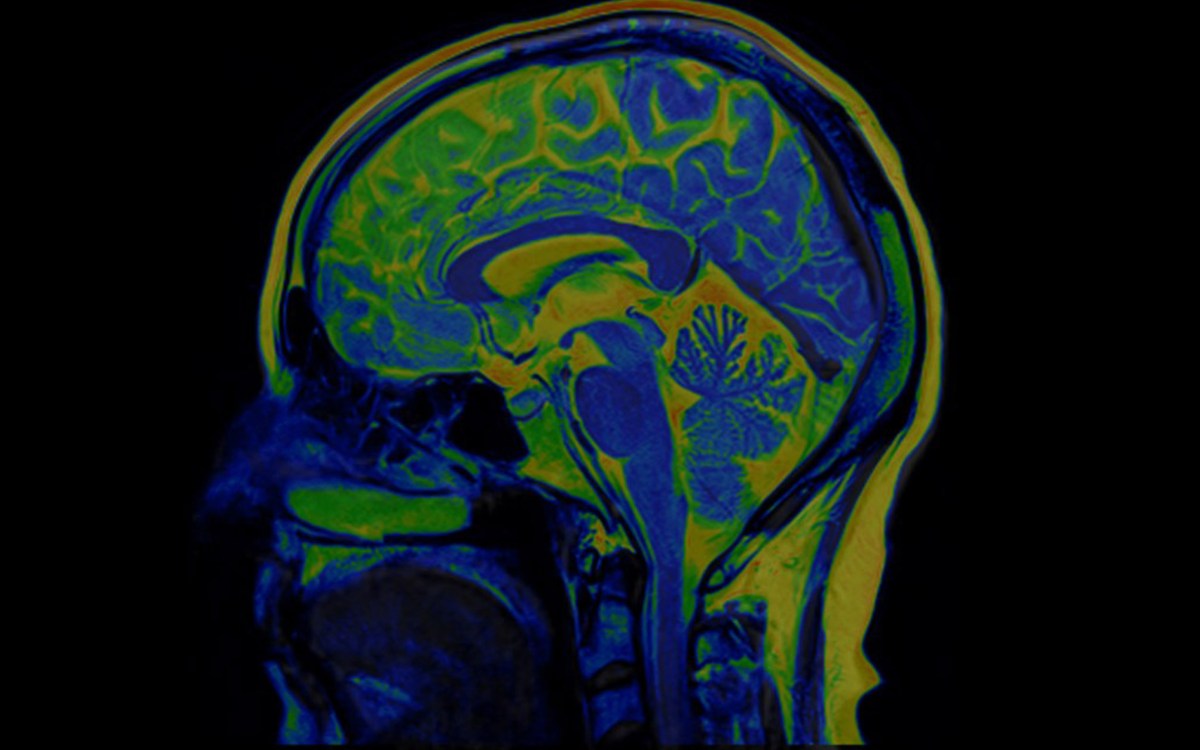
Those who care for long COVID patients say mild initial illness may offer little protection because the majority of cases appear to stem from infections that didn’t require hospitalization.
iStock
Hints of a long COVID wave as Omicron fades
Specialists seek answers for patients who can’t shake symptoms
As weary Americans hold out hope that the decline of Omicron signals an end to the pandemic’s emergency phase, physicians who treat long COVID are worried about the potential for a new wave of cases.
Experts say that nothing is certain regarding Omicron and long COVID, mainly because the variant roared onto the scene so suddenly in December that too little time has passed to detect a strong Omicron signal in the ongoing stream of long COVID cases. Evidence that the variant causes milder illness has prompted some to speculate that Omicron may mean fewer long COVID cases. But the jury is still out on whether the virus itself causes less-severe illness, as hinted in animal studies, or whether the milder effects are actually due to higher levels of population immunity.
Meanwhile, those who care for long COVID patients say mild initial illness may offer little protection because the majority of cases appear to stem from infections that didn’t require hospitalization. The head of one clinic is starting to see Omicron-related cases and says he has little reason to think the variant will differ from earlier versions of the virus in its ability to generate long COVID.
“Because there are so many people infected with Omicron, we expect those cases, unfortunately, will lead to more cases of long COVID,” said Jason Maley, director of Beth Israel Deaconess Medical Center’s long-COVID clinic, which is part of a multicenter study funded by the National Institutes of Health to explore the causes of the condition. “I don’t think there’s anything that has been seen about the virus itself, the Omicron variant, to say that it won’t cause long COVID.”
Long COVID is an array of symptoms that present four to eight weeks after acute illness has passed. The condition is thought to affect as many as 30 percent of patients and can include a continuation of symptoms suffered during the acute phase — shortness of breath or fatigue, for example — along with new symptoms that occur after patients feel like they’ve recovered: chest discomfort, severe pain, dizziness, vomiting, brain fog.
Jason Maley, director of Beth Israel’s long-COVID clinic, said patients and staff have doubled over the past six months, with 10 to 15 new patients coming in each week.
File photo by Jon Chase/Harvard Staff Photographer

Shibani Mukerji, an assistant professor of neurology at Harvard Medical School and associate director of Massachusetts General Hospital’s Neuro-infectious Diseases Unit, echoed Maley’s assessment, saying that her clinic has been extremely busy, and that she expects future cases to follow patterns set by previous variants.
“Every wave just increases the spike in the number of outpatient visits related to symptoms that are thought to be associated with COVID,” Mukerji said.
Nahid Bhadelia, co-lead of the Massachusetts Consortium on Pathogen Readiness’ long COVID program, director of the Boston University Center for Emerging Infectious Diseases Policy and Research, and an infectious diseases physician at Boston Medical Center, said during a recent media briefing that long COVID studies have uncovered possible links to diabetes, high levels of virus while ill, and Epstein-Barr virus. Also, the idea that some virus may persist even after the acute phase has been bolstered by a study of gastrointestinal symptoms in pediatric cases that found virus three months after acute illness ended, Bhadelia said.
“Could this be something where the virus finds a reservoir and then evokes some sort of immune response, or is it damage that happened in the acute setting, or is it misfiring of your immune system?” Bhadelia said. “The reasons remain unclear. There is still a lot of work ahead.”
Maley said evidence is mounting that an abnormal immune response is at play, leading to heightened inflammation that may be responsible for some symptoms.
Maley, who established Beth Israel’s Critical Illness and COVID-19 Survivorship Program in early 2021, said patients and staff have doubled in number over the past six months, with 10 to 15 new patients coming in each week.
“Our clinic and clinics around the country are all struggling to keep up with the sheer volume of people, and wait times are getting longer,” he said. “If we had twice as many people, we would still be busy every day all day. But most health care workforces have lost substantial numbers of staff, so I’m not holding my breath.”
Since the clinic was opened, Maley said the majority of patients have improved, if at different speeds. Symptoms that can be treated with physical rehabilitation, like shortness of breath, tend to improve the quickest, while those related to neurological impacts, such as brain fog, can linger longer.
Maley emphasized that long COVID is a very real illness. Evidence is also mounting that an abnormal immune response is at play, leading to heightened inflammation that may be responsible for some symptoms. The root cause of that overactive immune response remains mysterious, with researchers examining whether viral particles left over from the main infection continue to trigger the immune system. Maley said that there may also be a genetic component, with some people predisposed to this type of immune response.
Eva-Maria Ratai, an investigator in Massachusetts General Hospital’s Department of Radiology and an associate professor of radiology at Harvard Medical School, has focused her work on the neurological aspects of the condition. Ratai, who published MRI research in November 2020 showing COVID’s impacts on the brain to be similar to oxygen deprivation, is beginning a new study to explore neurological aspects of long COVID using medical imaging. The NIH-funded, five-center study seeks to enroll 200 people who will undergo a thorough physical exam, cognitive testing, and MRIs, with follow-up in two years.
“A lot seems to point to neuroinflammation,” Ratai said. “It seems in these patients — even after the acute phase — there is still some neuroinflammation going on that may lead to brain fog or these other things.”








